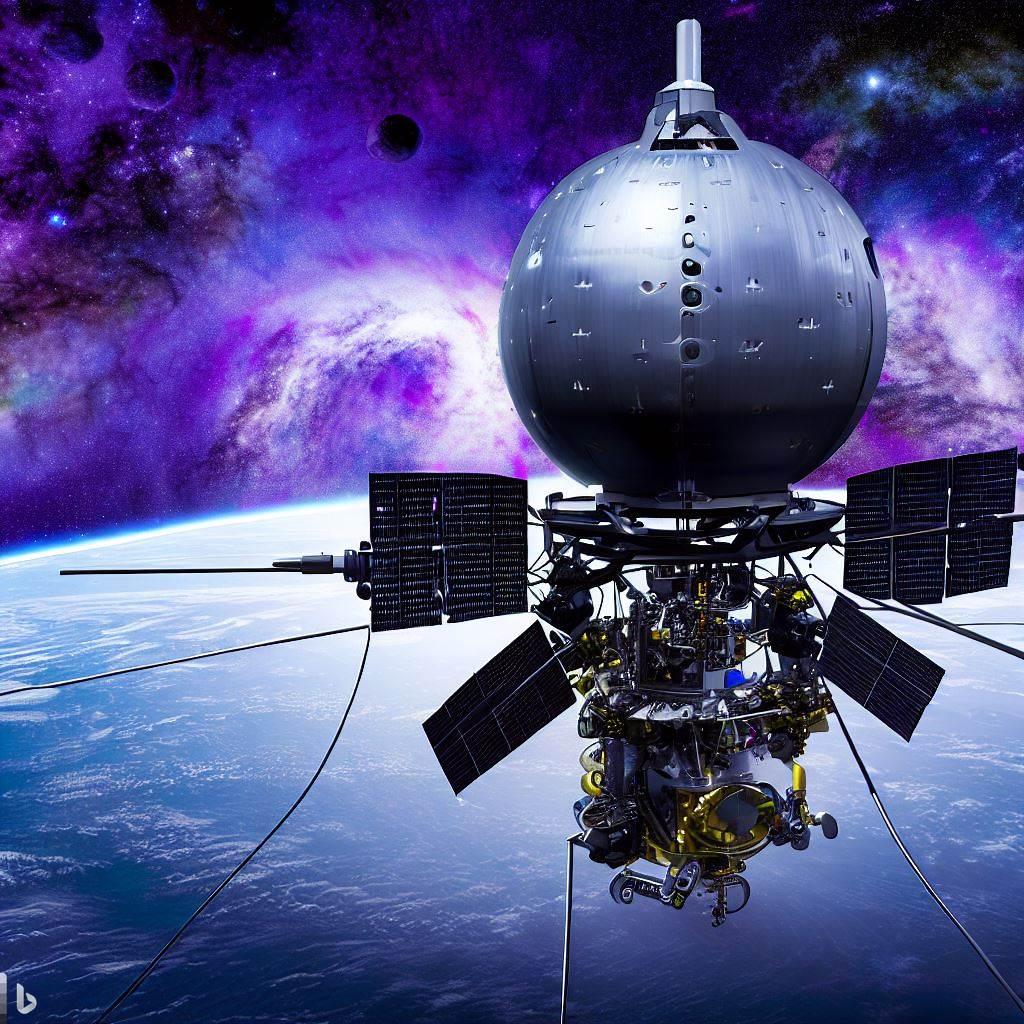In the early hours of Wednesday, July 3, SpaceX successfully launched another batch of its Starlink internet satellites, continuing its mission to expand global internet coverage. A Falcon 9 rocket carrying 20 Starlink spacecraft, including 13 equipped with direct-to-cell capabilities, lifted off from Cape Canaveral Space Force Station during a three-hour window that opened at 2:57 a.m. EDT (0601 GMT).
The Launch
SpaceX provided a live stream of the event via its X account, beginning approximately five minutes before liftoff. The launch proceeded smoothly, marking yet another milestone in SpaceX's ambitious Starlink project. The Falcon 9 rocket ascended into the sky, cutting through the pre-dawn darkness with a blaze of light and power.
The Mission Details
The Falcon 9's first stage, having fulfilled its primary role, made a successful return to Earth roughly eight minutes after launch. This stage touched down on the droneship "A Shortfall of Gravitas," which was stationed in the Atlantic Ocean. This mission marked the 16th launch and landing for this particular booster, a testament to SpaceX's advancements in reusability and efficiency. Notably, 10 of its 15 previous flights were also Starlink missions.
Starlink's Progress
Wednesday morning's launch was the 67th Falcon 9 mission of 2024, with more than 70% of these launches dedicated to the Starlink program. This aggressive launch schedule underscores SpaceX's commitment to rapidly expanding its satellite network. Currently, the Starlink constellation boasts more than 6,150 operational satellites, working in concert to provide high-speed internet access to underserved and remote areas around the globe.
The Future of Starlink
The inclusion of 13 satellites with direct-to-cell capabilities represents a significant technological advancement. These capabilities are poised to enhance connectivity, offering more robust and reliable service directly to mobile devices. As SpaceX continues to launch additional satellites, the network's capacity and coverage will further improve, bringing the vision of global internet access closer to reality.
Conclusion
SpaceX's latest Starlink mission highlights the company's relentless pursuit of innovation and progress in space technology. With each successful launch, SpaceX not only advances its Starlink project but also sets new standards in space exploration and satellite deployment. The continued expansion of the Starlink constellation promises to bridge the digital divide, connecting communities worldwide and revolutionizing how we access information and communicate.
As SpaceX moves forward, the world watches with anticipation, eager to see what new milestones and achievements lie ahead.









Add a Comment: